#Native American authors
Text

November is Native American Heritage Month, so I set up a bookshelf to showcase some books by Native American authors I’ve read and I’d like to read.
#godzilla reads#native american authors#native american heritage month#bookshelf#book blog#booklr#reading#bookworm#bookish#bibliophile
435 notes
·
View notes
Text
"Later you remember your mom saying to take drugs was like sneaking into the kingdom of heaven under the gates. It seemed to you more like the kingdom of hell, but maybe the kingdom is bigger and more terrifying than we could ever know. Maybe we've all been speaking the broken tongue of angels and demons too long to know that that's what we are, who we are, what we're speaking."
Tommy Orange, There There
#quotes#literature#lit#poetry#spilled ink#american literature#modern literature#native american literature#indigenous literature#tommy orange#substance abuse#drug use#religion#indigenous writers#native american writers#indigenous authors#native american authors
9 notes
·
View notes
Photo
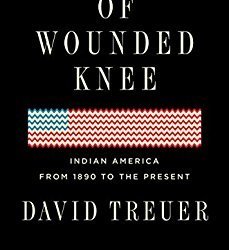
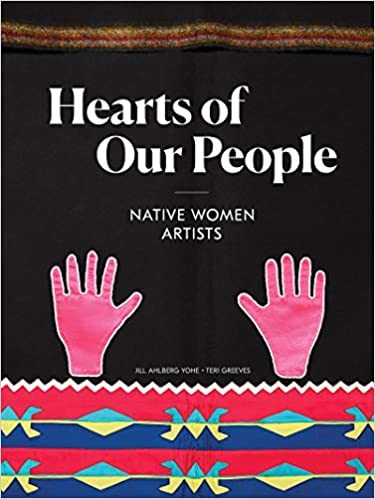
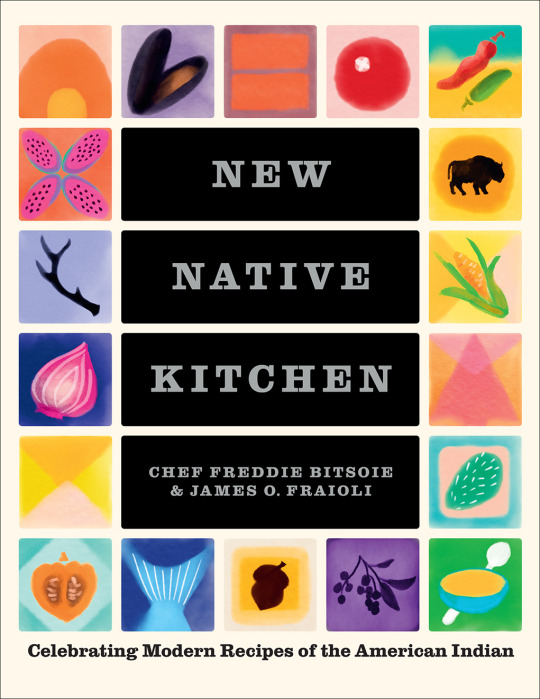
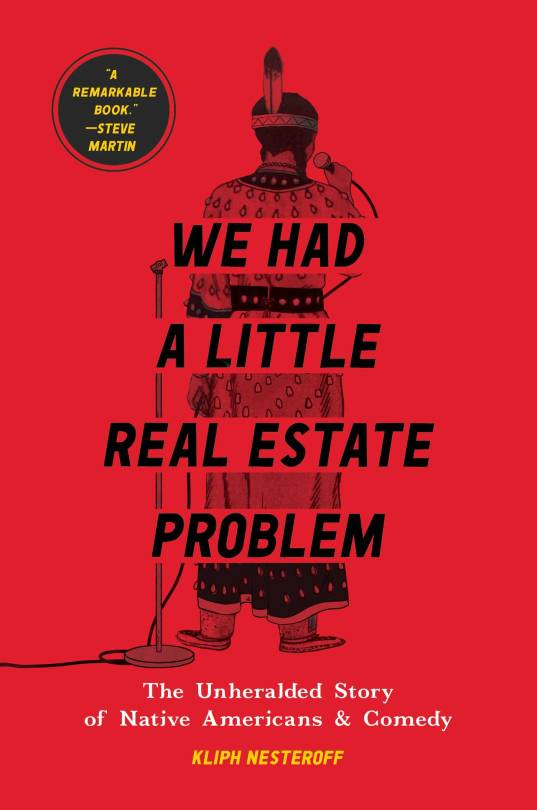

Native American Heritage Month: Nonfiction Recommendations
Celebrate Native American Heritage Month by checking out one of these nonfiction recommendations from your local library!
The Heartbeat of Wounded Knee by David Treuer
The received idea of Native American history has been that American Indian history essentially ended with the 1890 massacre at Wounded Knee. Growing up Ojibwe on a reservation in Minnesota, training as an anthropologist, and researching Native life past and present for his nonfiction and novels, David Treuer has uncovered a different narrative. Because they did not disappear - the story of American Indians since the end of the nineteenth century to the present is one of unprecedented resourcefulness and reinvention.
Hearts of Our People: Native Women Artists edited by Jill Ahlberg Yohe
This volume explores the artistic achievements of Native women and establishes their rightful place in the art world, including works of art from antiquity to the present, made in a variety of media from textiles and beadwork to video and digital arts. It showcases artists from more than seventy-five Indigenous tribes to reveal the ingenuity and innovation that have always been foundational to the art of Native women.
New Native Kitchen by Freddie Bitsoie
From the former executive chef at Mitsitam Native Foods Café at the Smithsonian’s National Museum of the American Indian, this book is a celebration of Indigenous cuisine. Accompanied by original artwork and offering delicious dishes like Cherrystone Clam Soup and Spice-Rubbed Pork Tenderloin, Bitsoie showcases the variety of flavor and culinary history on offer from coast to coast, providing modern interpretations of 100 recipes that have long fed this country.
We Had a Little Real Estate Problem by Kliph Nesteroff
It was one of the most reliable jokes in Charlie Hill’s stand-up routine: “My people are from Wisconsin. We used to be from New York. We had a little real estate problem.” In this account, acclaimed comedy historian Kliph Nesteroff focuses on one of comedy’s most significant and little-known stories: how, despite having been denied representation in the entertainment industry, Native Americans have influenced and advanced the art form.
Inconvenient Indian by Thomas King
In this account, Thomas King offers a deeply knowing, darkly funny, unabashedly opinionated, and utterly unconventional account of Indian–White relations in North America since initial contact. Ranging freely across the centuries and the Canada–U.S. border, King debunks fabricated stories of Indian savagery and White heroism, takes an oblique look at Indians (and cowboys) in film and popular culture, wrestles with the history of Native American resistance and his own experiences as a Native rights activist, and articulates a profound, revolutionary understanding of the cumulative effects of ever-shifting laws and treaties on Native peoples and lands.
#Native American Heritage Month#Native American Authors#native american history#nonfiction#book recs#book recommendations#reading recs#reading recommendations#library books#TBR pile#tbr#to read#booklr#book tumblr
102 notes
·
View notes
Text
Quote of the Day - November 2, 2022
Quote of the Day – November 2, 2022

View On WordPress
#Book quotes#Books#Inspirational Quotes#Life#Life Lessons#Louise Erdrich#Native American Authors#Native American Heritage Month#Native Americans#Quote of the Day#Quotes#Quotes from Books#The Painted Drum
52 notes
·
View notes
Photo

More Children’s Books by Native American Authors
[via Book Riot]
We need to be reading books by Native American authors year-round. We need to be turning to books by Native American authors to support different themes, as the kickoff to many different kinds of lessons, and as bedtime stories any time of year. November is Native American Heritage Month, and the book world is beyond blessed by more and more picture books being published by authors Indigenous to North America.
We Are Still Here!: Native American Truths Everyone Should Know by Traci Sorell and Frané Lessac
Still This Love Goes On by Buffy Sainte-Marie and Julie Flett
Finding My Dance by Ria Thundercloud and Kalila J. Fuller
Powwow Day by Traci Sorell and Madelyn Goodnight
Sharice’s Big Voice: A Native Kid Becomes a Congresswoman
by Sharice Davids, Nancy K. Mays, and Joshua Mangeshig Pawis-Steckley
...
Click through to see more titles.
31 notes
·
View notes
Text
genuinely it will never stop baffling me how people will wear twilight shirts and talk about team Edward vs team Jacob and then the same people will be like "I'm not basing my personality off of a piece of media (harry potter) made by a transphobe 😌" like good that's great! so you can excuse racism but you draw the line at transphobia? good to know
#remember when twilight came out and there were news articles about the quileute tribe and also if you read the books with your eyes#you know that theyre extremely like INSANELY racist#i remember reading them at age 10 and thinking 'wow this author hates women and native americans'#and i was right bc later i found out shes mormon 😐#begging you all to take racism and especially pretty extreme racism against natives seriously lmfao
21K notes
·
View notes
Text
What’s Here Wednesday: BIPOC Authors

This week’s BIPOC book is First Laugh: Welcome, Baby! by Rose Ann Tahe. Featuring a special Navajo tradition called the First Laugh Ceremony, the book uses authentic language to tell the story of how a new baby is welcomed into a family. There are a lot of great resources out there with lesson plan ideas and more to explore, so you can take this book into your classroom.
You can also find MANY great books in the TMC written by Native American authors, such as Fry Bread, Bowwow Powwow, At the Mountain’s Base, and more!
#tmc#teaching materials center#Memorial Library#SUNY Cortland#BIPOC authors#what's here wednesday#picture books#children's literature#native american authors#navajo
1 note
·
View note
Text
There There (2018), Tommy Orange

BIPOC
Summary: From the ill-fated Alcatraz Occupation to the nonprofit cubicles and projects of millennial Oakland, three generations of Native Americans are brought together for an annual Pow Wow that provokes questions of identity, and oppression, and highlights the experiences of America’s overlooked.
Full review:
“What does it mean to be a real Indian?”
It’s the question that lingers in Tommy Orange’s There There, the celebrated debut novel that erupts with a brutal, but profound message: you think you’ve erased us, but we’re still here.
The question itself is posed by Orvil Red Feather, an earnest teenager who ironically embodies the most passionate and solidified sense of self of all the characters presented in Orange’s vignette-style novel. Even as he questions and doubts himself, his identity, and his authenticity, he does so as someone attempting to connect with his heritage in a way that is admirable–and enviable.
Orange makes it clear from the outset, that no community can be represented monolithically. While Orvil ponders whether he is “Indian enough”, a young man named Tony suffering from Fetal Alcohol Syndrome, and his friend Octavio hatch plans to heist an upcoming Pow Wow, stealing the prize money from their community so the latter can pay off money owed to his drug supplier.
Set against the backdrop of Oakland, California is a prominent theme: poverty and oppression, rooted in white supremacy starting from the initial first contact and colonization of The Americas. When judging the actions of Octavio and his friends, or observing the prominence of alcoholism, drug addiction, or destitution prevalent within Orange’s novel, one cannot do so without examining how scenes of the past come together to form the full picture.
In 1492, Italian explorer Christopher Columbus (today, arguments question whether ethnically he may be of Portuguese, Spanish, or other descent, but outside of the United States nationality is viewed with far less complexity. A person of Ghanaian descent born in France would simply be identified as French. Likewise, an American with Irish grandparents would not be wise to call themselves Irish when abroad.) set out on a wayward journey to India, instead landing on the other side of the globe. Upon landing in the “New World”, he noted the dark-skinned individuals and erroneously deemed them “Indians”, however in their interactions quickly found them to be far inferior to those he expected to find in India.
They were uncivilized and barbarous creatures, serving Pagan gods, living in filth, exhibiting laziness, and lacking the technological advancement that made Europeans so righteous. Columbus recognized they were fit for conquer, relaying the following to Queen Isabella:
“...They have no arms and are all naked and without any knowledge of war, and very cowardly, so that a thousand of them would not face three. And they are also fitted to be ruled and to be set to work, to cultivate the land and to do all else that may be necessary, and you may build towns and teach them to go clothed and adopt our customs..." (Morgan, 2009)
It could of course seem as though he sought to do kindness to these poor savage creatures, but the reality was that Columbus’ methods varied depending on the tribes, and cooperation of the locals. They also eventually involved slavery, a practice that would come to grow into the largest, deadliest, and most consequential slave market in all of history: the West African Slave Trade.
Today in the United States, he is held as a representative of Italian culture, his name marked by a celebratory bank holiday associated with cultural heritage despite the fact that other Italian figures–Leonardo Da Vinci, Julias Caesar, and Michelangelo to name a few–have all had immense contributions to culture that did not result in bloodshed that continues indirectly centuries later.
According to this map, a small number of states have thus adopted Indigenous People’s Day (in name only, mostly) in place of Columbus Day. Meanwhile, the holiday of Thanksgiving itself still serves as a celebratory recognition of the first shared holiday between European settlers and Native Americans, with no mention of all that would come next: slaughter, the despoilment of lands, and an intentional erasure of culture that lasted up until the last few decades.
The dropoff of this government-sponsored erasure is where There There picks up, with a group of Native Americans attempting to occupy the island of Alcatraz in the momentous year-long preservation that served as a catalyst for Native rights protest movements of the 1970s. It is a turning point in which Orvil Red Feather’s grandmothers Jacquie and Opal Victoria come to understand that they will return to their lives in the city, struggling to make ends meet because it is all they can do. Alongside the other black, brown, and yellow people tucked into ramshackle houses and forced to fight for a way into the suburban sprawl to achieve the American Dream–combatting brick walls of stereotypes, the realities of poverty, and the toll racial trauma takes on our mental health–they become lost in the melting pot of urbanization. Another statistic, another person of color, another welfare recipient. Some intermarry. Some retain the old ways of life. Some die off too soon. Most adapt, persevere, and continue on.
Orvil’s question is never answered. It can’t be, but it provokes poignant observations nonetheless. Most notably, can this definition change over time? Today, most people who are of Indigenous heritage have the unique perspective of having access to their culture, as well as the recent cultural memories of oppression and pain other ethnicities do not. It’s an enviable ability, one that cannot even be claimed by European-Americans and exists solely within Indigenous people of the world who have faced the pressure of assimilation, adapted, yet retained parts of themselves.
The full puzzle these pieces come together to create over time is a portrait that Orange displays in full gravity: a small sampling of the lives that each Thanksgiving, more and more of us are beginning to think about, despite being pressured to forget and focus instead on family, turkey, and American football.
Which seems strange, given the purpose of a holiday seemingly rooted in the mythos of remembering these very people.
You can find There There at your local library, here, or at your local bookstore.
Citations:
#thevisibilityarchives#tva#books#diversity#bipoc representation#nativeamericans#indigineous people#there there#tommy orange#anti colonialism#native american authors
0 notes
Text
Piasa Bird bringing you shiny objects and relocating his nest by the river so you can see how beautiful it looks during the day or with the stars shining off of it. His smile faltering when he sees the pollution clogging up the river and making it look murky and muddy. It’s the first time you’ve seen him anything but confident and strong.
His reptilian eyes clouded with memory and emotion as he lands back in the nest, sitting on the far edge away from you. You assure him you still think it’s a lovely spot. You like the scenery. He doesn’t really respond for a little while, then asks why humans do this. You don’t have a good answer, so you just take one of his wings, wrapping it around yourself like you would a human partner’s arm.
You both sit in silence until the sun sets, then you point out how beautiful the stars look twinkling off the water. That at least makes him grin, showing off his mouth full of razor sharp teeth.
#writers on tumblr#writing#fantasy romance#author#monster lover#monster romance#monster fucker#monster fuqqer#monster husband#monster bf#monster boyfriend#piasa bird#indigenous mythology#indigenous folklore#native folklore#native american folklore#folklore#my writing#indigenous writer#native writer#fluff#monster fluff#beast fluff#monster kink#romance
80 notes
·
View notes
Text

I am thrilled to announce that my upcoming novel, To Shape a Dragon’s Breath: The First Book of Nampeshiweisit - which will be released on May 9th 2023 - is now available for preorder!
Anequs, a fifteen-year old indigenous girl, has never been away from her isolated island community. But Anequs has just bonded with a dragon hatchling, and thus become the first Nampeshiweisit - person in a unique relationship with a dragon - that the island has seen in more than two hundred years. That’s something that does not go unnoticed by the colonizing powers that be.
Now, in accordance with the colonizers’ laws, Anequs must attend an academy on the mainland and prove her competence in dragon husbandry and magic. If she can’t or won’t perform to their very specific expectations, her dragon will be put to death.
Anequs must navigate two cultures’ worth of traditions and wisdom, trying to fill a role no one has held in two hundred years. There are no mentors who can teach her precisely what she needs to be, so she must find her own path. She rekindles lost traditions, pieces together new ways of doing ancient things and traditional ways of doing new things. She must comply with the laws and regulations imposed on her by colonizers while also staying true to her people's values and beliefs.
It can be preordered at Penguin Randomhouse, Barnes and Noble, and Amazon among other retailers.
https://www.penguinrandomhouse.com/books/706010/to-shape-a-dragons-breath-by-moniquill-blackgoose/
https://www.barnesandnoble.com/w/to-shape-a-dragons-breath-moniquill-blackgoose/1141987016
https://www.amazon.com/Shape-Dragons-Breath-First-Nampeshiweisit/dp/0593498283
Big thanks to the artist of the cover illustration, Ryan Pooman
https://www.instagram.com/ryanpooman/
and to art director Regina Flath
https://twitter.com/reginaflath/
https://www.instagram.com/reginaflath/
820 notes
·
View notes
Photo
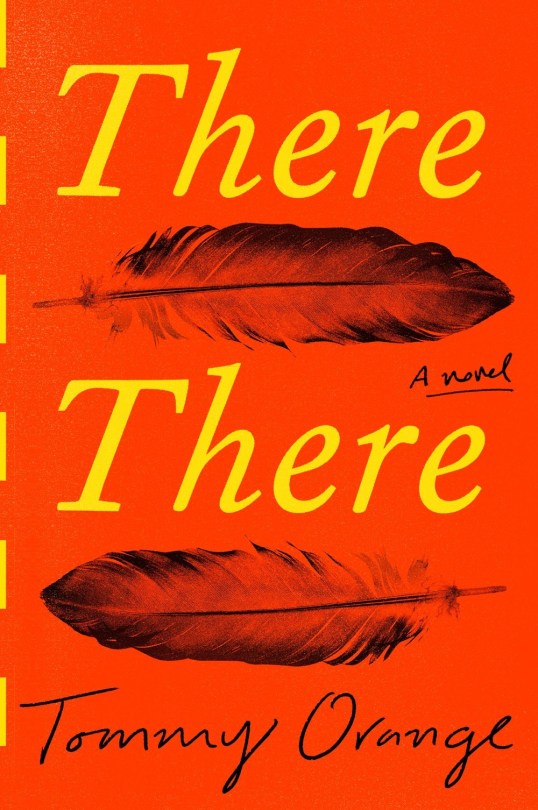
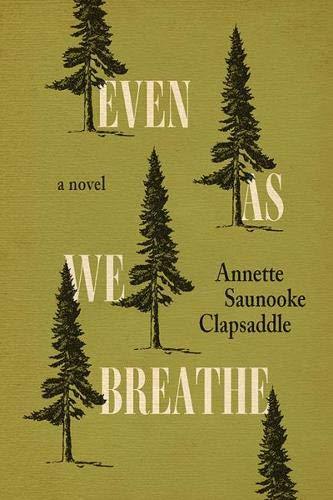
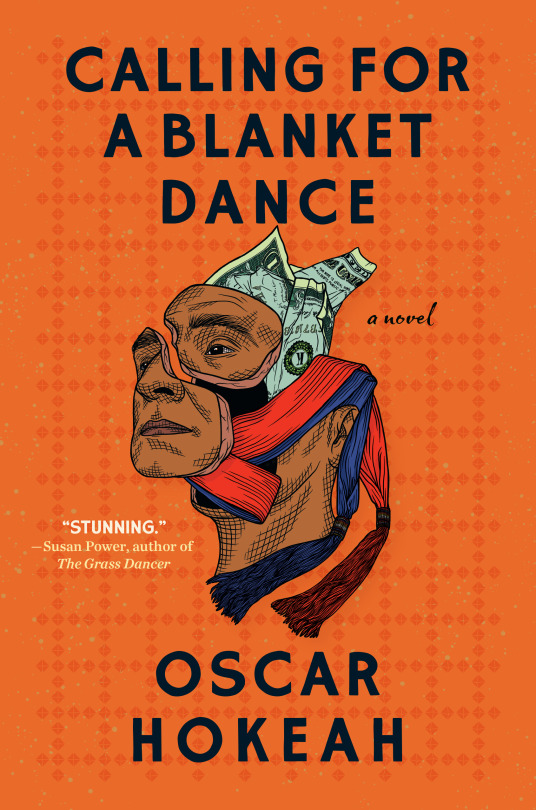

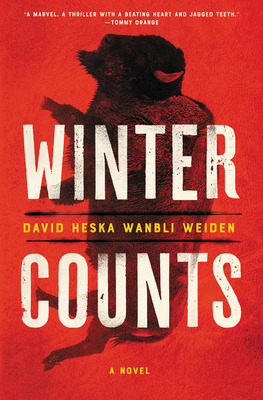
Native American Heritage Month: More Fiction Recommendations
Celebrate Native American Heritage Month by checking out one of these fiction recommendations from your local library!
There There by Tommy Orange
As we learn the reasons that each person is attending the Big Oakland Powwow - some generous, some fearful, some joyful, some violent - momentum builds toward a shocking yet inevitable conclusion that changes everything. Jacquie Red Feather is newly sober and trying to make it back to the family she left behind in shame. Dene Oxendene is pulling his life back together after his uncle’s death and has come to work at the powwow to honor his uncle’s memory. Opal Viola Victoria Bear Shield has come to watch her nephew Orvil, who has taught himself traditional Indian dance through YouTube videos and will perform in public for the very first time. There will be glorious communion, and a spectacle of sacred tradition and pageantry. And there will be sacrifice, and heroism, and loss.
Even As We Breathe by Annette Saunooke Clapsaddle
Nineteen-year-old Cowney Sequoyah yearns to escape his hometown of Cherokee, North Carolina, in the heart of the Smoky Mountains. When a summer job at Asheville's luxurious Grove Park Inn and Resort brings him one step closer to escaping the hills that both cradle and suffocate him, he sees it as an opportunity. The experience introduces him to the beautiful and enigmatic Essie Stamper - a young Cherokee woman who is also working at the inn and dreaming of a better life.
With World War II raging in Europe, the resort is the temporary home of Axis diplomats and their families, who are being held as prisoners of war. A secret room becomes a place where Cowney and Essie can escape the white world of the inn and imagine their futures free of the shadows of their families' pasts. Outside of this refuge, however, racism and prejudice are never far behind, and when the daughter of one of the residents goes missing, Cowney finds himself accused of abduction and murder.
Calling for a Blanket Dance by Oscar Hokeah
Oscar Hokeah's electric debut takes us into the life of Ever Geimausaddle, whose family - part Mexican, part Native American - is determined to hold onto their community despite obstacles everywhere they turn. Ever's father is injured at the hands of corrupt police on the border when he goes to visit family in Mexico, while his mother struggles both to keep her job and care for her husband. And young Ever is lost and angry at all that he doesn't understand, at this world that seems to undermine his sense of safety.
Ever's relatives all have ideas about who he is and who he should be. His Cherokee grandmother, knowing the importance of proximity, urges the family to move across Oklahoma to be near her, while his grandfather, watching their traditions slip away, tries to reunite Ever with his heritage through traditional gourd dances. Through it all, every relative wants the same: to remind Ever of the rich and supportive communities that surround him, there to hold him tight, and for Ever to learn to take the strength given to him to save not only himself but also the next generation. But how will he visualize a place for himself when the world hasn't made room for him to start with?
The Night Watchman by Louise Erdrich
Thomas Wazhashk is the night watchman at the jewel bearing plant, the first factory located near the Turtle Mountain Reservation in rural North Dakota. He is also a Chippewa Council member who is trying to understand the consequences of a new "emancipation" bill on its way to the floor of the United States Congress. It is 1953 and he and the other council members know the bill isn't about freedom; Congress is fed up with Indians. The bill is a "termination" that threatens the rights of Native Americans to their land and their very identity.
Since graduating high school, Pixie Paranteau has insisted that everyone call her Patrice. Unlike most of the girls on the reservation, Patrice, the class valedictorian, has no desire to wear herself down with a husband and kids. She makes jewel bearings at the plant, a job that barely pays her enough to support her mother and brother. But Patrice also needs every penny to follow her beloved older sister, Vera, who moved to the big city of Minneapolis and may have disappeared. Determined to find Vera and her child, Patrice makes a fateful trip to Minnesota that introduces her to unexpected forms of exploitation and violence, and endangers her life.
Winter Counts by David Heska Wanbli Weiden
Virgil Wounded Horse is the local enforcer on the Rosebud Indian Reservation in South Dakota. When justice is denied by the American legal system or the tribal council, Virgil is hired to deliver his own punishment, the kind that's hard to forget. But when heroin makes its way into the reservation and finds Virgil's nephew, his vigilantism suddenly becomes personal. He enlists the help of his ex-girlfriend and sets out to learn where the drugs are coming from, and how to make them stop.
They follow a lead to Denver and find that drug cartels are rapidly expanding and forming new and terrifying alliances. And back on the reservation, a new tribal council initiative raises uncomfortable questions about money and power. As Virgil starts to link the pieces together, he must face his own demons and reclaim his Native identity. He realizes that being a Native American in the twenty-first century comes at an incredible cost.
#Native American Heritage Month#Native American Authors#fiction#book recs#book recommendations#reading recs#reading recommendations#library books#TBR pile#tbr#to read#booklr#book tumblr
50 notes
·
View notes
Text
Quote of the Day - November 1, 2022
Quote of the Day – November 1, 2022

View On WordPress
#Book quotes#Books#Inspirational Quotes#Native American Authors#Native American Heritage Month#Native Americans#Quote of the Day#Quotes#Quotes from Books#Stephen Graham Jones#The Only Good Indians#Where We&039;re From
10 notes
·
View notes
Photo

Fantastic Debut Novels by Indigenous Authors
[via Book Riot]
Indigenous authors have a much harder time getting published, let alone getting work in publishing. At the same time, there has been a greater percentage of books published by Indigenous authors within the last five years than ever before. These recent debut novels span a variety of genres and topics, but they have one thing in common: you’ll be glad you read them.
Shutter by Ramona Emerson
Firekeeper’s Daughter by Angeline Boulley
Elatsoe by Darcie Little Badger
This Town Sleeps by Dennis E. Staples
...
Click through to see more titles.
18 notes
·
View notes
Text
"I came into this world already scarred by loss on both sides of my family. My Indigenous side; my European side. My father and my mother were the kind of damaged people who should never have had children. But of course, they had me, and so my first language was loss."
Deborah Miranda, When Coyote Knocks on the Door (2021)
#quotes#literature#lit#poetry#spilled ink#modern literature#poets of color#native literature#indigenous literature#native authors#native writers#women authors#women writers#queer authors#queer writers#indigenous writers#indigenous authors#indigenous women#native american literature#deborah miranda#american literature
57 notes
·
View notes
Text
Sheine Lende by Darcie Little Badger

Source: NetGalley ARC
Publisher: Levine Querido
Release date: 16 April 2024
Genre: young adult historical/urban fantasy (70s rural Texas)
If you like:
dogs (ghost dogs!)
various ghost animals, existing and extinct
no romance whatsoever
hope and community in the midst of grief and loss
Rating: ⭐️⭐️⭐️⭐️⭐️/5
Synopsis
Shane works with her mother and their ghost dogs, tracking down missing persons even when their families can't afford to pay. Their own family was displaced from their traditional home years ago following a devastating flood - and the loss of Shane's father and her grandparents. They don't think they'll ever get their home back.
Then Shane's mother and a local boy go missing, after a strange interaction with a fairy ring. Shane, her brother, her friends, and her lone, surviving grandparent - who isn't to be trusted - set off on the road to find them. But they may not be anywhere in this world - or this place in time.
Nevertheless, Shane is going to find them.
Content warnings
Colonisation
Loss of close family members
Illness
Natural disasters
Grief
Review
I found out about this book while scrolling through NetGalley, and the second I saw that it was a prequel to Elatsoe, I had to read it.
This is a prequel about Elatsoe's grandmother Shane as a 17 year old girl, but you don't have to read Elatsoe to know what's going on, and both books can be read in either order as standalones.
This book is so well-crafted and thoughtful; it took me a little while to fully immerse myself in the story, because the setting and vibe is so different from Elatsoe, and it is a little slower paced, but once I got into the groove, the story flowed over me.
We follow Shane as she tries to figure out the mystery of her mother's and a child's disappearance, and along the way we learn about her history, as well as explore her relationships with her family and friends.
A strong focus of the book is on Shane's grief; grief from losing not only her home and her family members, but also losing her culture and language. This book tackles the harms caused by colonialism, which goes beyond stealing land, but also erases culture and peoples.
At its heart, this book is about family and community. At times Shane may feel alone, like she has to take on her burdens by herself, but her friends and family are always there for her (dead or alive).
I also loved Rovina Cai's lovely illustrations at each chapter heading; they tell a story parallel to the main story, and they add another layer of depth.
Overall, this is book was written full of heart, and it shows <3
#sheine lende#darcie little badger#booklr#book review#rovina cai#readblr#elatsoe#native american#indiginous authors#urban fantasy#own voices#young adult#ya books#ya fantasy#ya fiction
13 notes
·
View notes
Text

Remember by Joy Harjo, illustrated by Michaela Goade
#illustration#art#book illustration#native american author#joy harjo#picture book#children's literature#native american illustrator#artist#illustrator#kids books#caldecott medal#indigenous kid lit#kid lit#sassafras and moonshine
12 notes
·
View notes